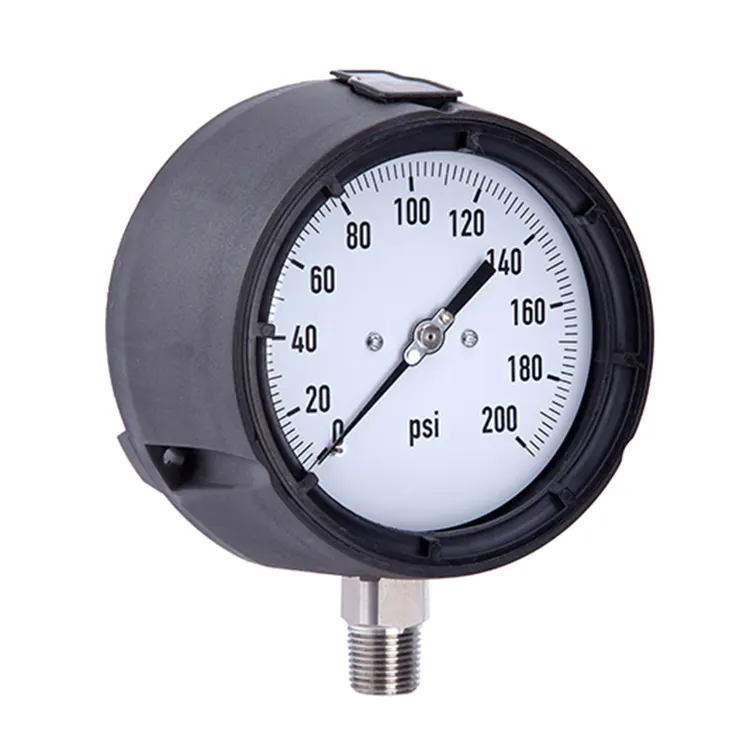Bourdon Tube Pressure-Induced Changes
2025-06-24
The Bourdon tube is a fundamental component in mechanical pressure gauges and functions through pressure-induced deformation. It is widely used due to its simplicity, reliability, and ability to measure a broad range of pressures. The tube is typically curved into a C-shape or a spiral and is sealed at one end, while the other end is connected to the pressure source. When pressure is applied internally, the unique geometry of the tube causes it to undergo predictable mechanical deformation, allowing it to indicate pressure changes accurately.
At the core of Bourdon tube operation is the principle of elastic deformation. When fluid or gas pressure enters the tube, the internal force causes the cross-sectional shape of the tube to tend to become more circular. This shape change results in an uncoiling or straightening movement of the curved tube. The extent of the movement correlates directly with the magnitude of the internal pressure. As the tube tries to straighten, the closed end moves slightly, and this motion is transferred via mechanical linkages to a pointer on a calibrated scale, providing a pressure reading.

Several factors influence the pressure-induced changes in a Bourdon tube. First, the material of the tube plays a significant role. Metals with good elastic properties such as brass, phosphor bronze, or stainless steel are commonly used to ensure accurate and repeatable deformation without permanent distortion. Second, the shape and thickness of the tube affect the sensitivity and pressure range of the instrument. Thinner walls and tighter curves result in greater deflection for small pressure changes, making them ideal for low-pressure applications, while thicker tubes are better suited for high pressures.
Additionally, the temperature of the environment can impact the behavior of the tube, as metal expands and contracts with temperature changes. Temperature compensation methods are sometimes integrated into designs to mitigate this effect. Furthermore, repeated pressure cycles over time can lead to metal fatigue, slightly altering the deformation response of the tube and thus affecting long-term accuracy.
In conclusion, Bourdon tube pressure-induced changes form the essential mechanism by which pressure is measured in many industrial and mechanical applications. The deformation of the tube in response to pressure is both predictable and measurable, making it an invaluable component in analog pressure measurement systems. By understanding the dynamics of this deformation, engineers can ensure accurate pressure readings and enhance the performance and durability of the gauges.
As a professional manufacturer and supplier, we provide high-quality products. If you are interested in our products or have any questions, please feel free to contact us.


